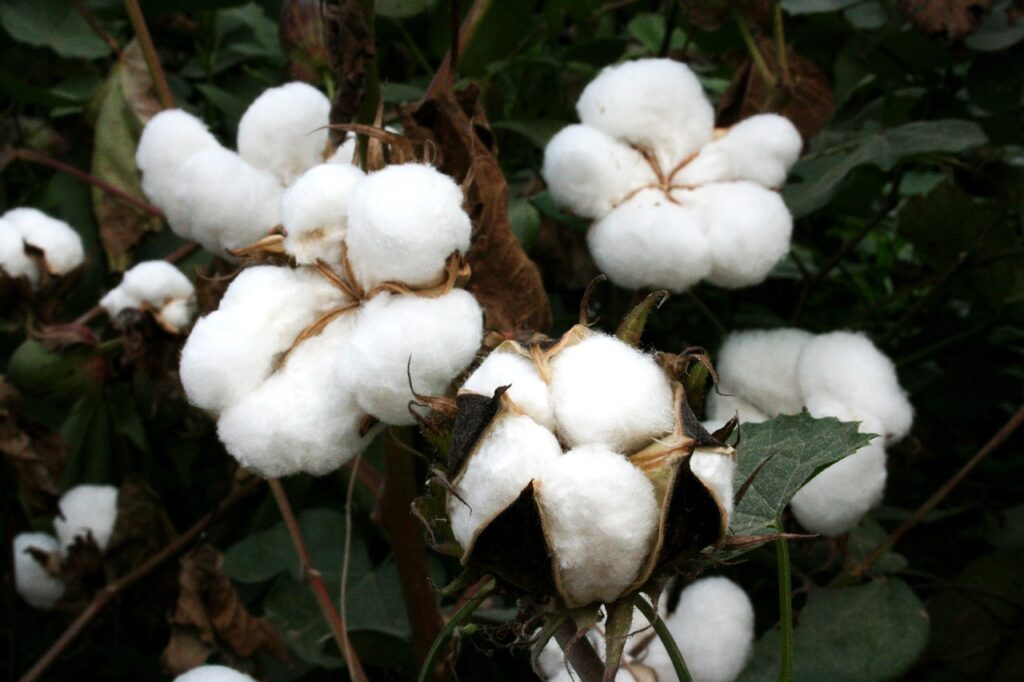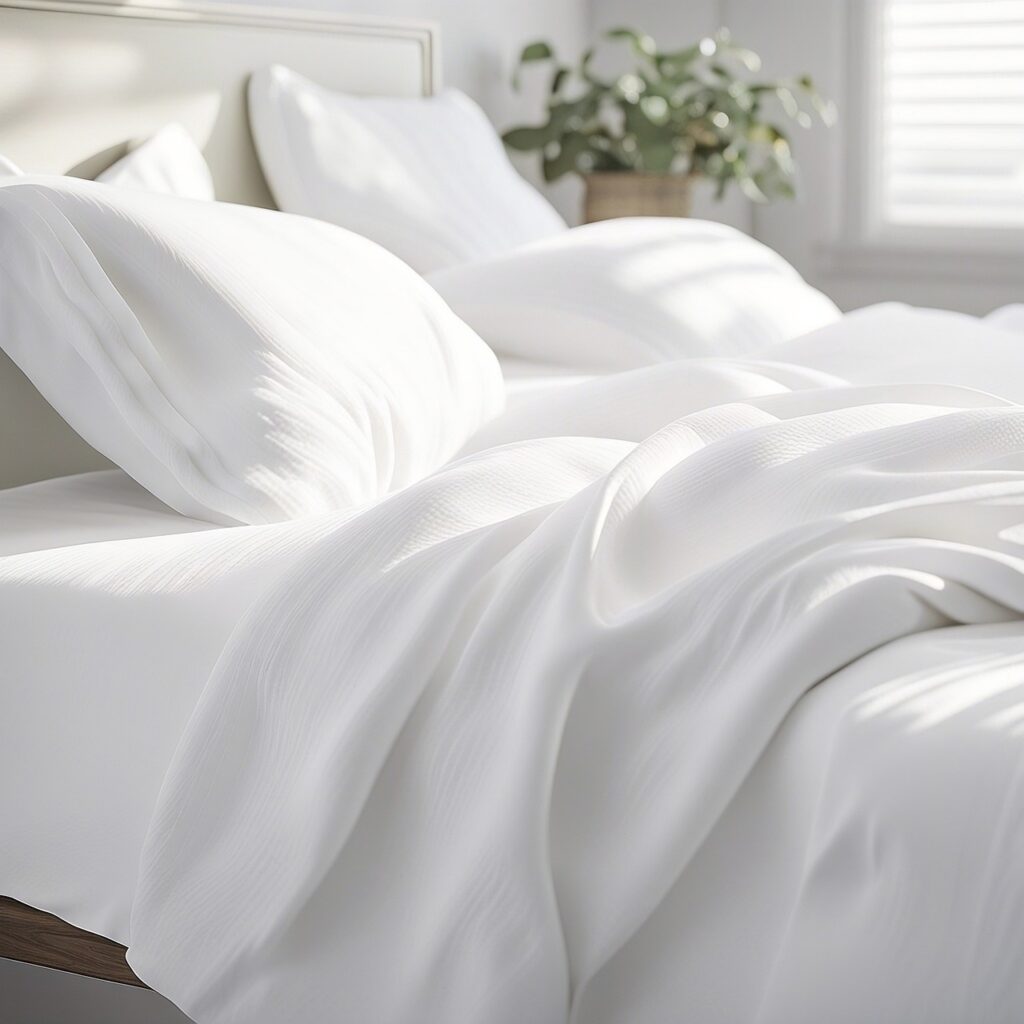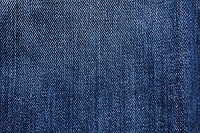Significance of Fiber and Yarn Prices
Significance of Fiber and Yarn Prices Being updated with fiber and yarn prices is of paramount importance in the textile industry. The textile industry is one of the largest sectors globally, encompassing the production of fibers, yarns, fabrics, and finished products. It plays a crucial role in the economy, employment, and trade of many countries. […]


